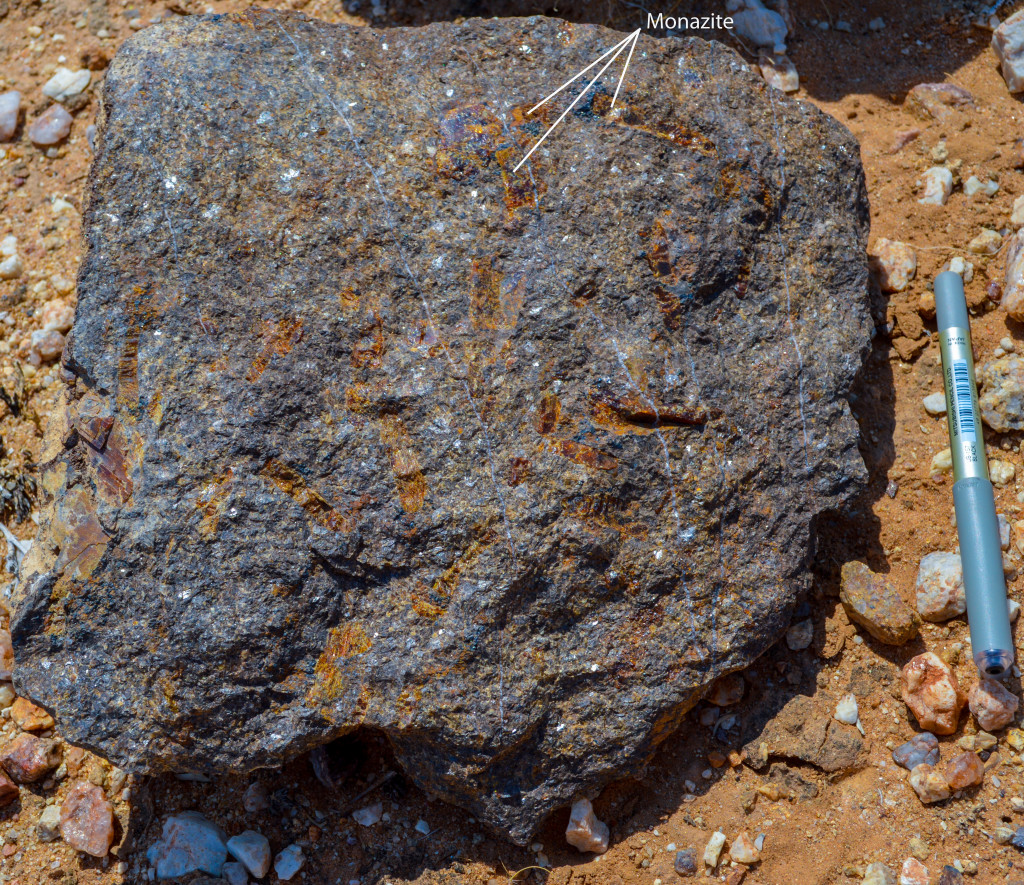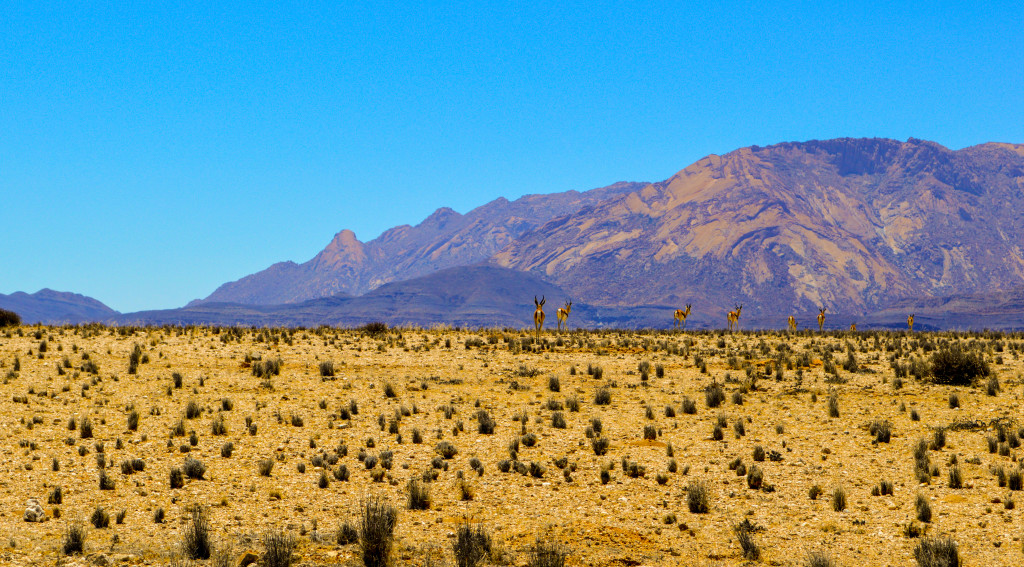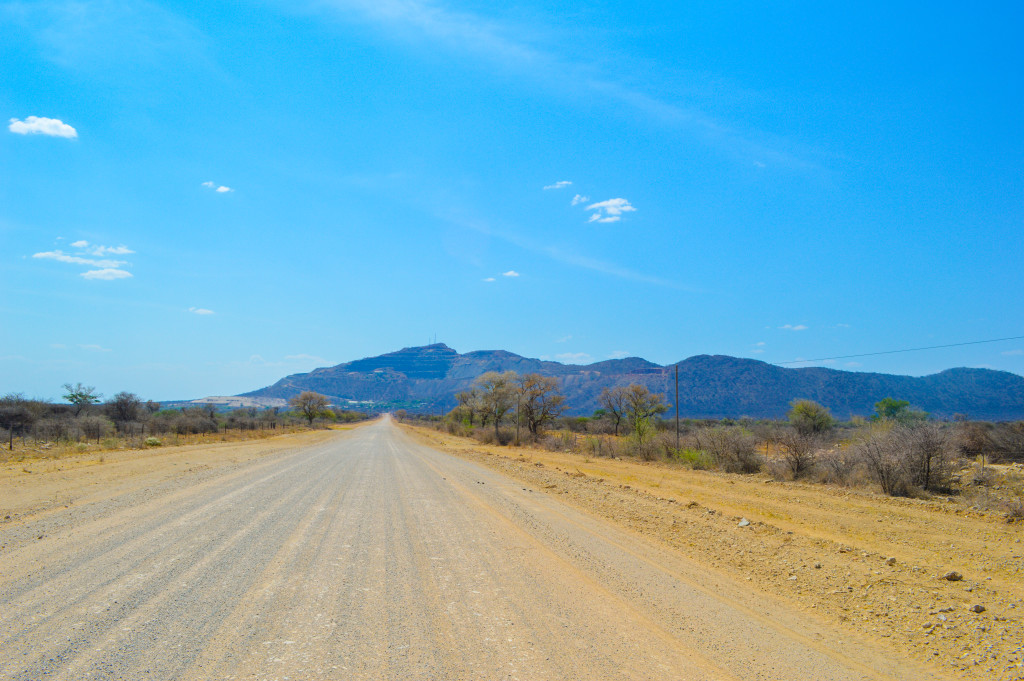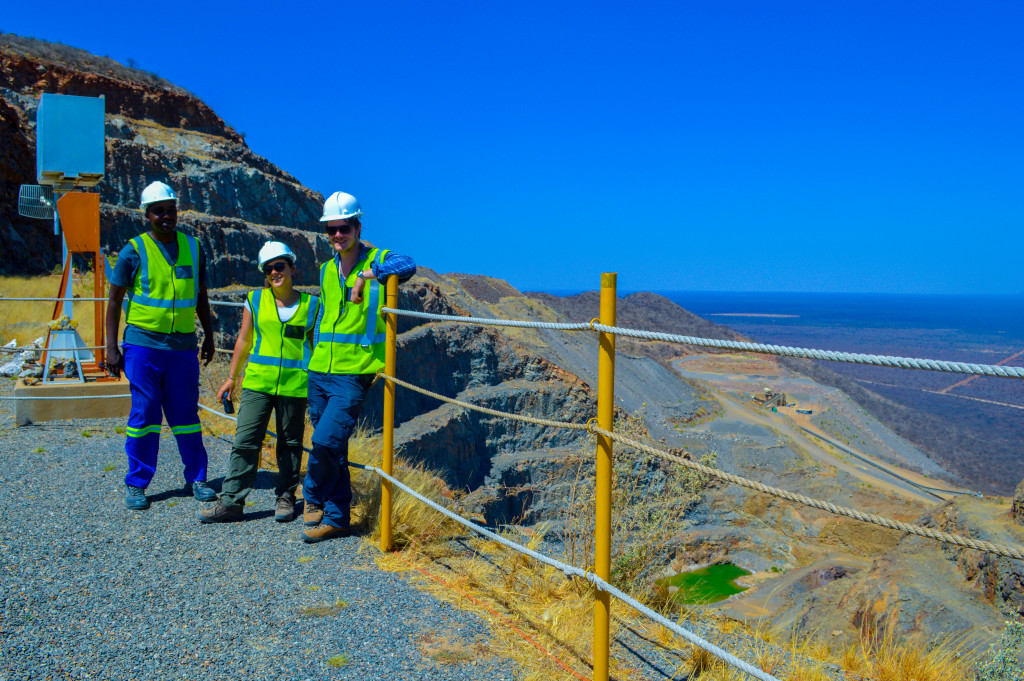Sam is a regular contributor to TravelingGeologist. He recently completed his PhD at the Camborne School of Mines and is currently postdoc-ing with the same in Cornwall.
Rare earth elements (REE) are essential in high-strength permanent magnets for green and digital technologies, yet we know little about how REE ore deposits form. However, driven by their recognition as ‘critical metals’ (see previous blog posts by myself and Beth Simons for a few details on what these are), research into the rare earths (REE) is probably being carried out at a greater rate than it has been in decades. The grant which my post-doc is funded by (SoS RARE) is one of four large NERC grants looking into these critical metals, running in parallel with other research groups such as Eu Rare and a new project starting February 2016, — HiTech AlkCarb.
Part of the role of the various new research groups is to address two of the key limitations in the development of REE deposits. These are: (1) our understanding of how the REE are transported and fractionated naturally, and (2) how we can lower the economic and environmental impact of REE extraction. My research is focussed on the former of these problems: how are the REE transported and fractionated in natural systems? In solutions with relatively low anion concentration at ambient PT conditions, the fractionation of the REE is relatively well studied[i]. However, no natural examples of high REE-concentration fluids, which could lead to a REE deposit, are currently present at the Earth’s surface[ii]. Therefore our understanding of the composition, and indeed the temperature, of fluids which transport the REE is largely limited to inferences from mineralogy and two key fluid-inclusion studies: (1) looking at the composition in granite-related fluids[iii] and (2) in carbonatite-related fluids[iv]. These studies cover only a small range of rock types and neither looked at fluids directly related to REE-deposits. Nevertheless, the composition of the fluids from these deposits is often used as the ‘de facto’ composition in reconstructing and modelling REE-mineralising systems.
The solution to this problem is to carry out microthermometry, to determine temperatures at the time in geological history when the fluids were trapped, and laser ablation, to determine fluid compositions for a range of fluid inclusions from REE-bearing systems. There are many limitations to carrying this work out, but for the purposes of this blog entry, let’s look at one which has been partially solved and which includes many pretty pictures, namely: a lack of good samples. The solution? Go to Namibia, a country which (arguably[v]) hosts one of the highest concentrations of REE-rich deposits in the World, and has a climate which is highly favourable to fieldwork, and sample as many REE-rich localities as possible. A further advantage is that Namibia is home to one of the most unique REE-deposits, the heavy REE (HREE) -rich Lofdal carbonatite[vi]. This is a highly unusual deposit, given that carbonatites are typically light REE (LREE) -rich, and it is likely that the REE a being remobilised by a hydrothermal fluid of an unknown composition. Our objectives were to sample fluid-inclusion-bearing rocks from Lofdal. In addition, three other carbonatite-related deposits were visited: Eureka, Kalkfeld and Okorusu, as well as a peralkaline granite intrusion: the Amis complex at Brandberg.
The Eureka carbonatite is a series of poorly exposed, monazite-bearing dykes. Monazite in these rocks can reach up to 10 cm in length (Figure 1) and is typically has a relatively low thorium concentration. We visited Eureka to follow up on some preliminary work where we had found fluid inclusions, returning to sample from a wider area of the deposit and to obtain a better understanding of the extent of the deposit at the surface. There is not much exposure here (Figure 2), but historic trenching from the 1980s means that the different carbonatites present intermittently crop out. Remnants of exploration work remain from 25 years ago, including the old mining claim and 1980’s style beer cans – all testament to the fragility of the desert environment.
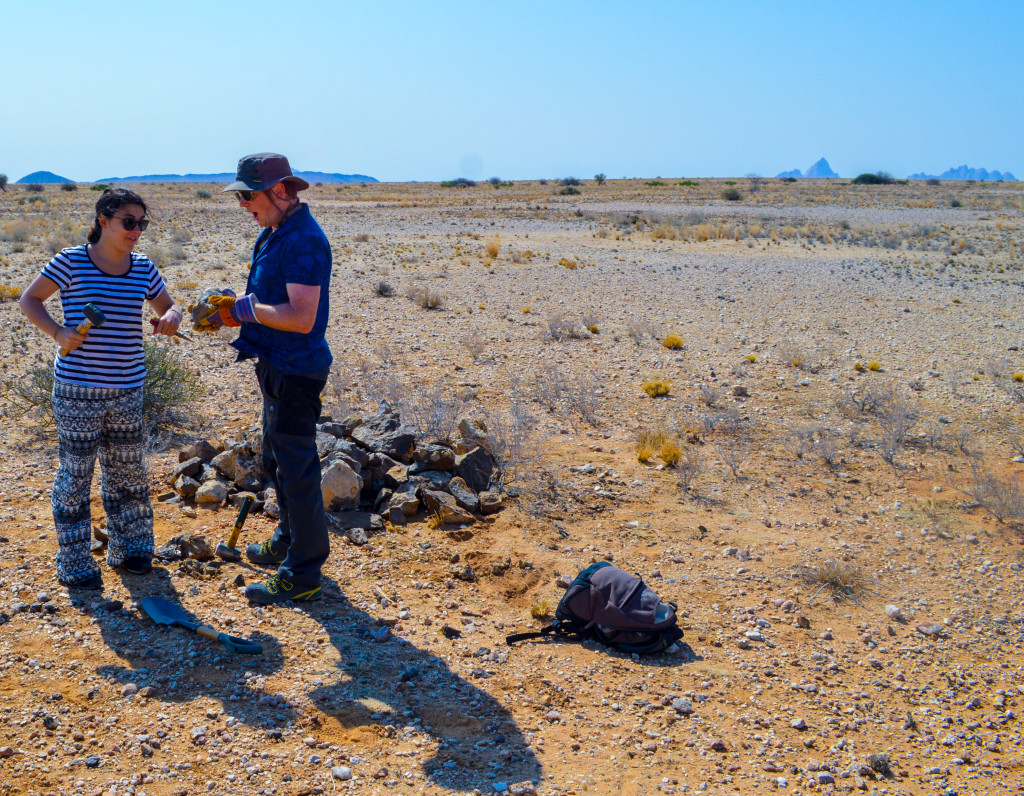
Figure 2: Completely un-posed photo showing lack of outcrop at Eureka, and shock of finding such large monazite.
Following Eureka, we proceeded north towards the peralkaline Amis complex. This complex occurs as a series of sills on the western flank of the magnificent Brandberg intrusion (Figure 3). Brandberg is relatively remote, and arriving at Amis required driving on roads which systematically decreased in quality, ending on a dirt track, through a narrow gorge of Karoo sediments. Here, we followed wild ostriches, running alongside our truck, as the gorge opened out into an enclosed plain (Figure 4). Previous work[vii] at this locally identified that the volatile and REE concentrations increase towards the top of the sills, ultimately culminating in remobilisation of the REE in bastnäsite and fluorite veins. Our objective was to sample these veins, giving us an example of REE mobility in a fluid derived from a peralkaline granite. After some significant scampering around on the first day, we found some candidate samples and further scampering on the second day found some more at different parts of the intrusion. These will be sectioned in the lab to check if our sampling was correct. Also sampled from Amis were late aplite dykes which contained pyrochlore, lamprophyllite (or astrophyllite), arfvedsonite and (probably) a plethora of REE minerals. Again, these will have to be sectioned to find out more!
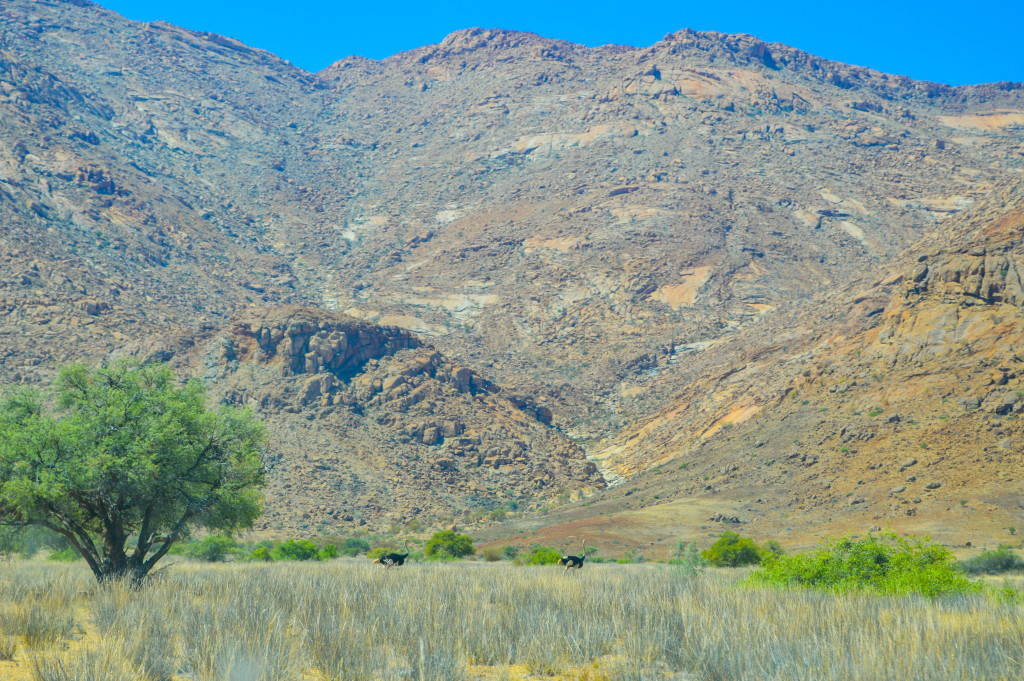
Figure 4: Ostriches running in front of the truck on the way to the Amis complex. Amis outcrops on the two smaller hills in the middle ground of the centre and right of the photo.
Our next locality was the Okorusu fluorite mine (Figure 5). While the mine is currently on care and maintenance, a crew was available to meet us and show us around the pit – for which we are very grateful (Figure 6). The mine was principally active for the extraction of ‘acid grade’ fluorite for the production of hydrofluoric acid and (largely) fluoride for toothpaste. Associated with the fluorite, however, are a variety of accessory minerals, including small quantities of the REE. While it is not a major REE source, extracting the REE as a co-product of other minerals could be an important additional diversification of global supply. It is also an academically interesting deposit as it is a very well exposed field areas where the REE are remobilised by fluorine-rich fluids. We are extremely grateful to the Okorusu crew whose help meant that we were able to spend a large amount of time to understand the field relations, and to sample the fluorite which precipitated at different paragenetic stages.
After a brief visit to the Kalkfeld carbonatite, we proceeded onwards to Lofdal and were joined by Frances Wall (Camborne School of Mines). Despite its interesting, and diverse, geology, fluid inclusions remain enigmatic at Lofdal. Nevertheless, we were able to obtain fluorite from the various core sections (Figure 7), as well as some well-spotted fluorite in outcrop. We also sampled some quartz from the notorious Thorium Hill – so-called because of the high Th and radioactivity on the hill. Sitting idly here for too long is not the best idea. Nevertheless, the HREE content of these rocks is high, and the associated quartz may be suitable for laser ablation, if we can find fluid inclusions. Time was also well spent looking at field relations at other parts of the complex, following up on previous fieldwork carried out by Frances. Two large breccia quarries, now abandoned, can be found around the intrusion. These explosion breccias probably formed as the result of degassing of a carbonatite intrusion at depth, and are important for establishing the geological succession. The matrix was also ever-so slightly radioactive meaning that there are now aesthetic slabs adorning Italian kitchen counters, slowly irradiating their tomatoes, ever so slightly. Also of importance for the geological succession, and of interest, is a ‘composite dyke’ (Figure 8). This dyke comprises three different generations of intrusive rock, each emplaced within the centre of the last, forming a dyke, within a dyke, within a pegmatite dyke. Perfect.
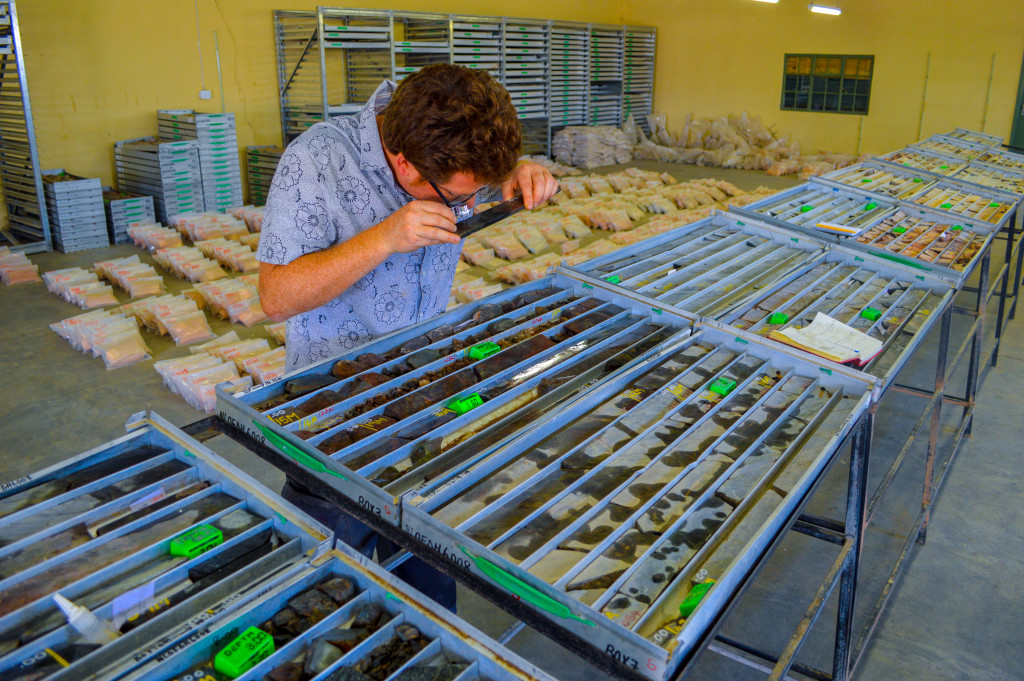
Figure 7: Ed (CSM) ‘getting stuck in’ with Lofdal core, rapidly drying in the heat of the core shed. We spray the core with water to bring out the rock textures.
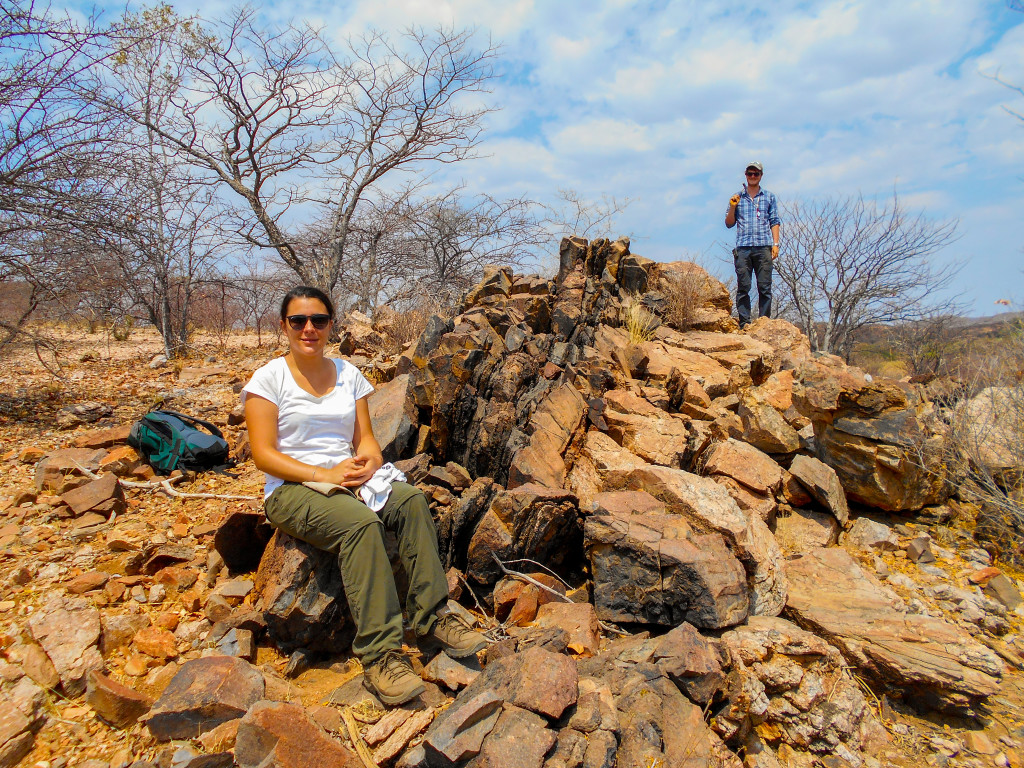
Figure 8: Myself and Delia on the famous ‘composite dyke’ comprising three generations of intrusion: granite-pegmatite, phonolite and carbonatite, respectively. Credit: Frances Wall.
As I said in the opening paragraphs – this field trip only solved the ‘lack-of-samples’ aspect of our lack of knowledge on the composition and temperature of REE-bearing fluids. Even then – we have only acquired a small range of samples from the numerous REE deposits in the world. Much remains to be done. If you have REE-bearing samples which contain fluid inclusions then please do get in contact with me to collaborate. Similarly, if you have a burning desire to have a look at some of the material then please do drop me an email. As always with new samples, you can never be too sure of what you have until you look at it down the microscope, so I think I should now stop writing this and get on with sectioning all of our interesting new material!
[i] See, for example Bau and Dulski, 1999; Wood, 2003
[ii] Except, perhaps, the Oldoinyo Lengai carbonatite, see Gilbert and Williams-Jones, 2008
[iii] Banks et al, 1994 and Campbell et al 1995
[iv] Buhn and Rankin, 1999
[v] Apologies for the hyperbole here, there are some pretty good competitors from the Kola province in Russia, and from Greenland, Canada, Malawi… etc…
[vi] E.g. Wall et al., 2008
[vii] Schmidt et al., 2002
![]() This work is licensed under a Creative Commons Attribution-NonCommercial-ShareAlike 4.0 International License.
This work is licensed under a Creative Commons Attribution-NonCommercial-ShareAlike 4.0 International License.

